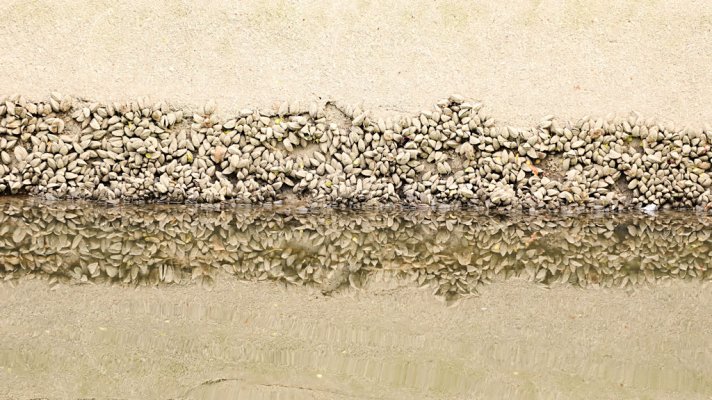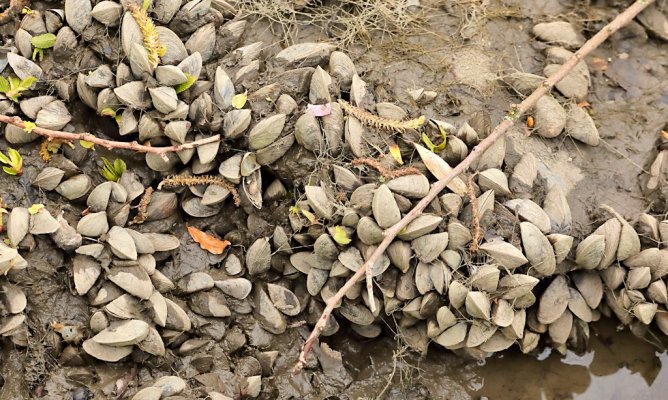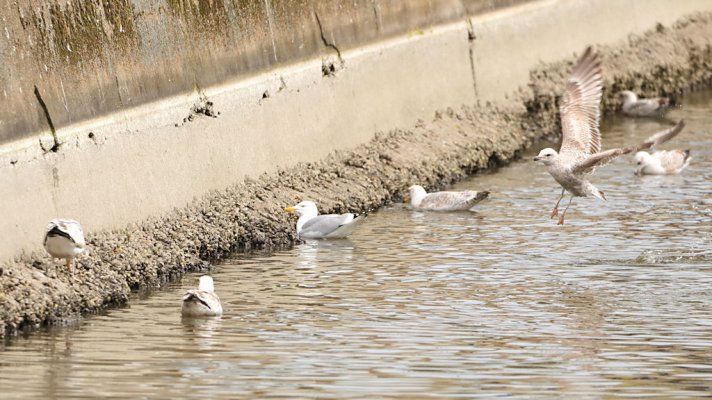Frideswide
Fortea Morgana :) PeteByrdie certificated Princess
- Joined
- Jul 14, 2014
- Messages
- 16,310
- Location
- An Eochair
Playing Skyrim with a mod that introduces shells and fossils for one to find and pack-rat over. The distribution matches my own perception (and is therefore totally correct, FACT!) that shells are found in oceans rather than by rivers. Some in rivers, for example water snails, but still...
But is this true? IRL I mean. And if so, why? Assuming that it wasn't a wizard that did it, what is the difference in the two environments which means that shells are better as a solution in one rather than the other?
Shells and humans have a very long relationship. I'm wondering if anyone knows of an overview of that relationship?
But is this true? IRL I mean. And if so, why? Assuming that it wasn't a wizard that did it, what is the difference in the two environments which means that shells are better as a solution in one rather than the other?
Shells and humans have a very long relationship. I'm wondering if anyone knows of an overview of that relationship?






